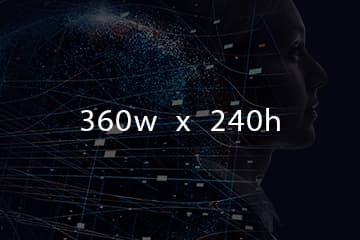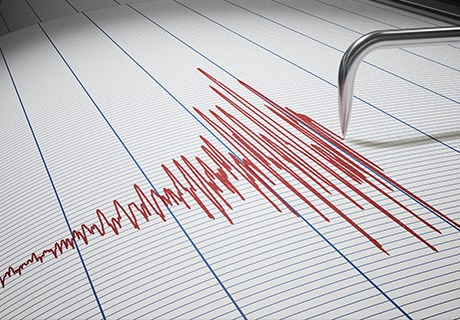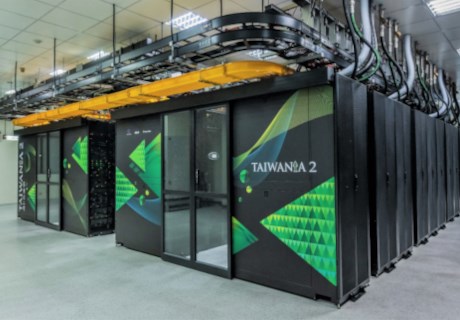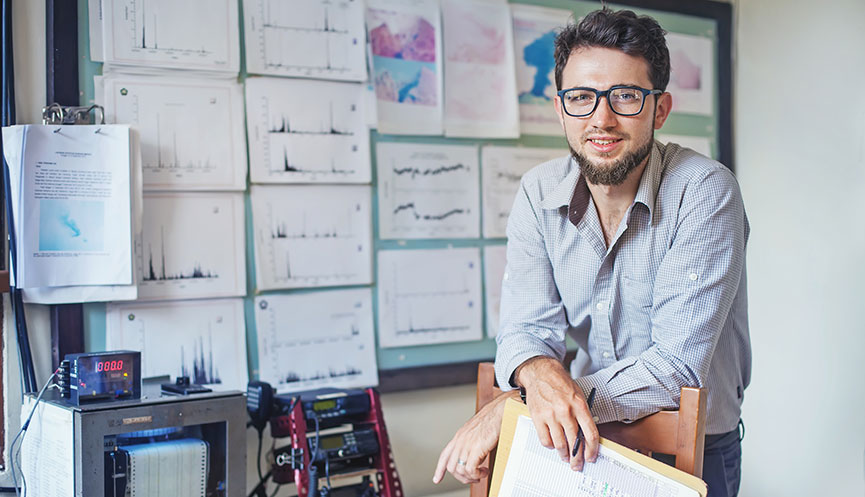
With the dramatic increase of computer processing power in recent years, artificial intelligence, deep learning and big data technologies are becoming more mature. These computing advances are enabling scientists to solve problems that used to be unsolvable, but many complex scientific problems remain. One of these challenges is the accurate prediction of natural disasters.
The Department of Earth Sciences at National Cheng Kung University (NCKU) in Taiwan is actively working on natural-disaster prediction and has created a high-performance computing (HPC) platform using two ASUS RS720Q-E8 servers and one ASUS RS520-E8 storage server to use for 3D full-waveform seismic tomography projects. This will help Taiwan establish a more comprehensive disaster prevention system.
NCKU, which was founded in 1931, is one of the top national universities in Taiwan. In recent years, the Department of Earth Sciences has determined three main areas of focus, based on the specialties of the faculty and the requirements of society: mineral science, natural resources, and the global environment.
Taiwan is located in one of Earth's biggest seismic zones, and as a result Taiwan has suffered severe damage from earthquakes over the years. NCKU's Professor En-jui Lee, who had previously participated in a 3D full-waveform seismic tomography project in southern California, created a high-performance computing platform for a 3D full-waveform seismic tomography system and earth sciences in Taiwan, on a limited budget.
In recent years, the processing power of GPUs has greatly improved. CPUs and GPUs apply different strategies for their processing tasks. CPUs, which can have around a dozen cores, are used to optimize sequence processing. GPUs, on the other hand, have thousands of cores, and excel at processing multiple tasks at the same time in parallel. In this age of rapid developments in artificial intelligence and deep learning, GPUs have become an effective tool for scientists to achieve results much more quickly.
Professor En-jui Lee noted that the objectives of 3D full-waveform seismic tomography can be divided into three aspects. Firstly, full wave field waveform analysis and simulations with multiple iterations are used to improve the resolution of current 3D velocity models. Secondly, strain tensors are calculated using stored high-resolution models, in order to improve the speed and accuracy of earthquake hypocenter simulations. Lastly, more accurate ground motion predictions are applied to improve the reliability of earthquake disaster analyses.
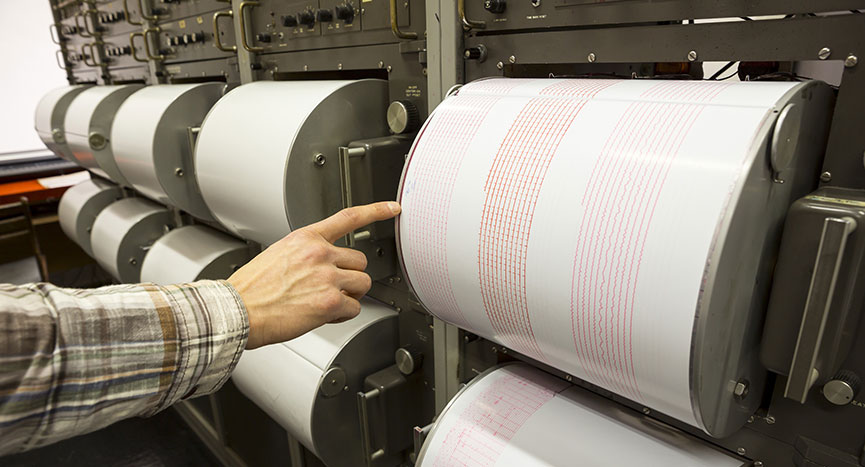
The ASUS RS720Q-E8 server is a high-performance 2U4N server and is responsible in this project for the primary supercomputing task. The two Intel® Xeon® E5-2650 v4 processors and two 16GB DDR4 RAM modules, combined with a 10,000rpm SAS hard drive, can fully satisfy the high-performance computing requirements of this project.
The ASUS RS720Q-E8 server supports Quad LAN functions. It can offer high network bandwidth and is equipped with load balancing and fault tolerance features, which means it can provide high-speed network connectivity.
Furthermore, the server uses a 1+1 770W 80Plus Gold redundant power supply, allowing it to satisfy the power requirements for HPC reliability. Its hot-swappable design means that the power supply can undergo maintenance and repair without having to shut down the server, thus ensuring that key projects can continue to operate around the clock.

